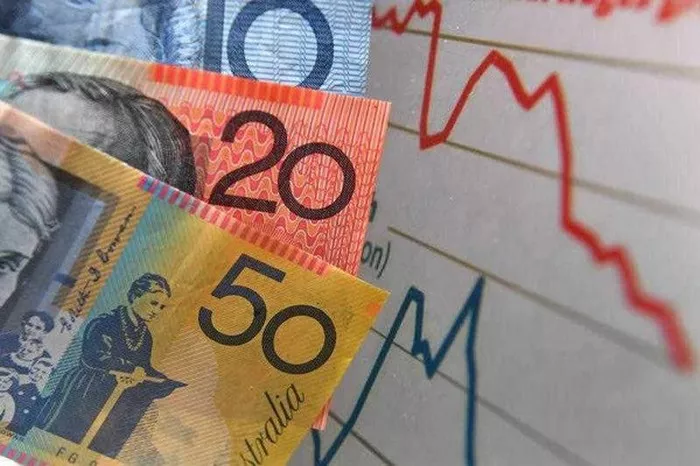AUD/USD faces challenges as it struggles to halt its losing streak on Thursday. The pair is under downward pressure due to risk aversion and overall bearishness in commodity markets. Weak Judo Bank PMI added to pressure on the Australian dollar. In addition, improving data on China’s service industry may limit the Australian dollar’s decline. China’s Caixin services PMI rose to 52.9 in December, higher than the expected 51.6 and the previous value of 51.5.
Australia’s services sector shrank in December, according to the latest Judo Bank Services Purchasing Managers’ Index. The index recorded 47.1, missing market expectations of remaining at 47.6. In addition, the comprehensive PMI fell to 46.9, from the previous value of 47.4. This is the fastest contraction of the service industry since the third quarter of 2021.
Matthew De Pasquale, economist at Judo Bank, believes the latest data over the past two months shows that while the Australian economy is slowing, the slowdown is not accelerating. While households continued to grapple with the challenges posed by high interest rates, the output index and new orders index remained at levels consistent with the Reserve Bank of Australia’s (RBA) expected soft landing scenario.
The U.S. Dollar Index (DXY) appears to remain on a rebound trajectory, with rising U.S. Treasury yields adding to the momentum. The U.S. ISM Manufacturing PMI report showed that the index rose to 47.4 in December from the previous value of 46.7, exceeding the market consensus of 47.1. However, JOLTS job openings shrank to 8.79 million, down from the 8.85 million expected in November. Traders are awaiting the release of U.S. labor market data, including ADP employment changes and initial jobless claims.
Minutes from the December meeting of the Federal Open Market Committee (FOMC) showed that participants believed that policy rates were at or near the highest point in the current tightening cycle. But they stressed that the specific trajectory of policy will depend on changing economic conditions.
The minutes of the Federal Reserve’s December meeting showed that participants believed that the policy rate has reached or is close to the highest point of the current interest rate hike cycle. However, they emphasized that the specific policy trajectory will depend on future economic conditions.


